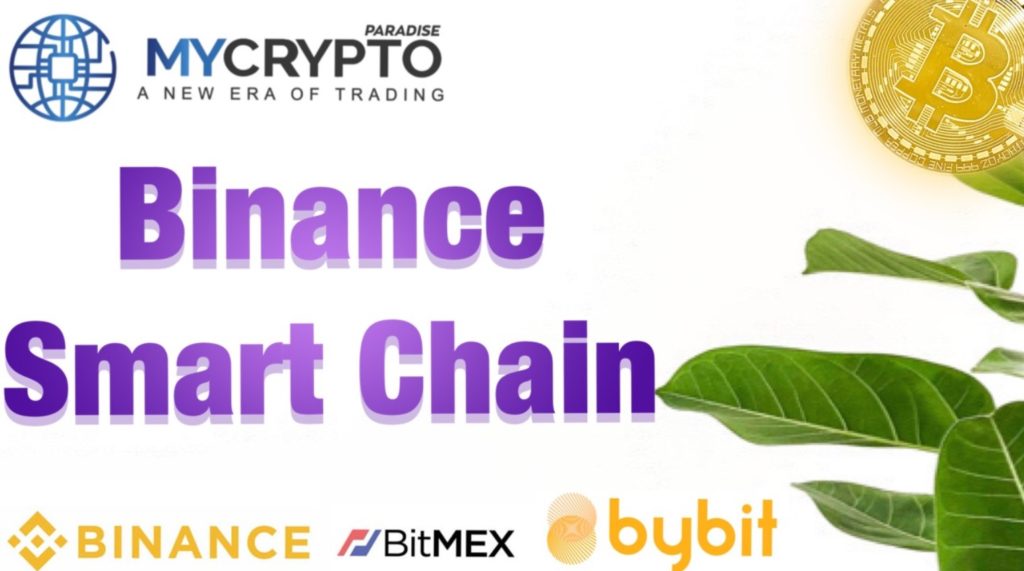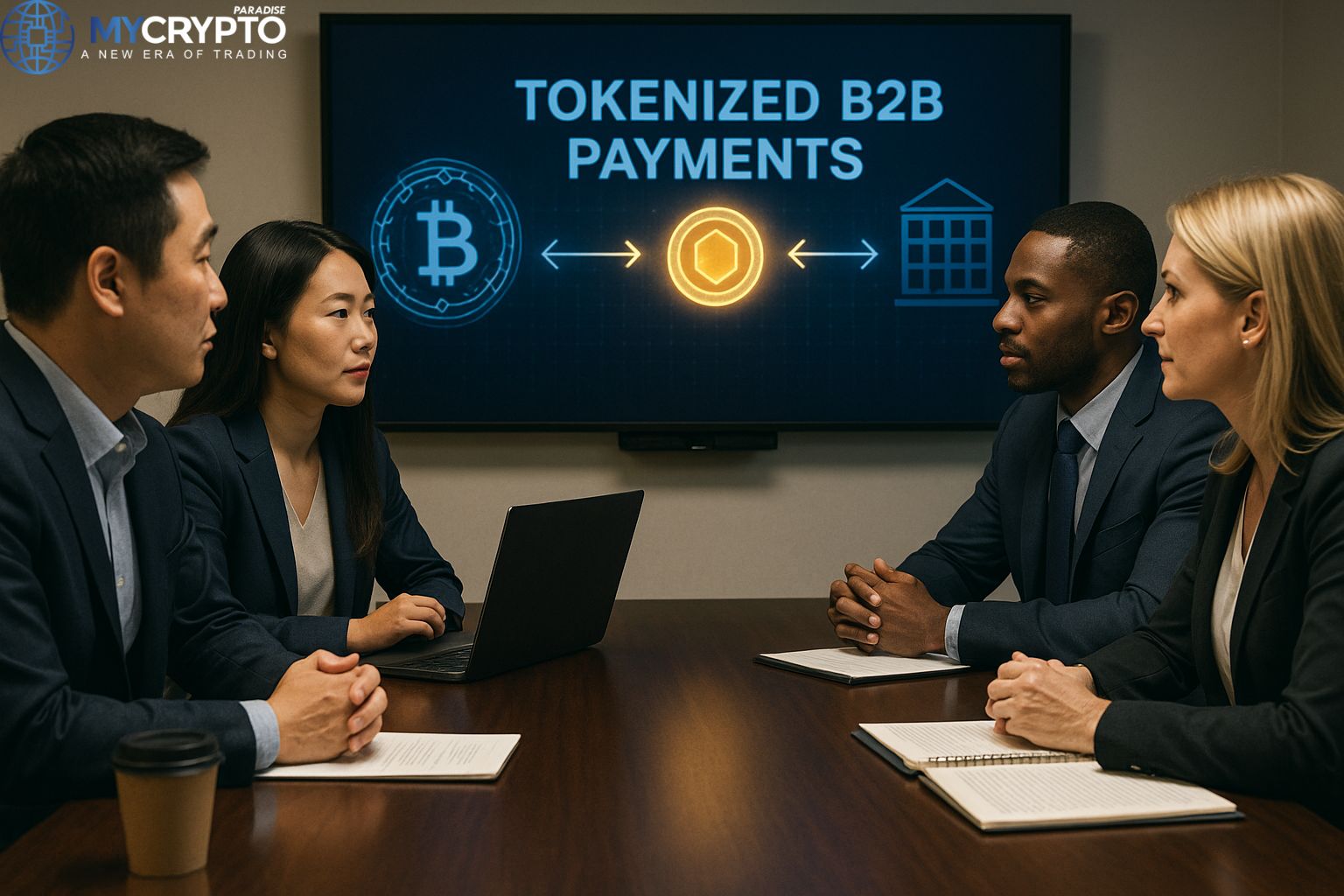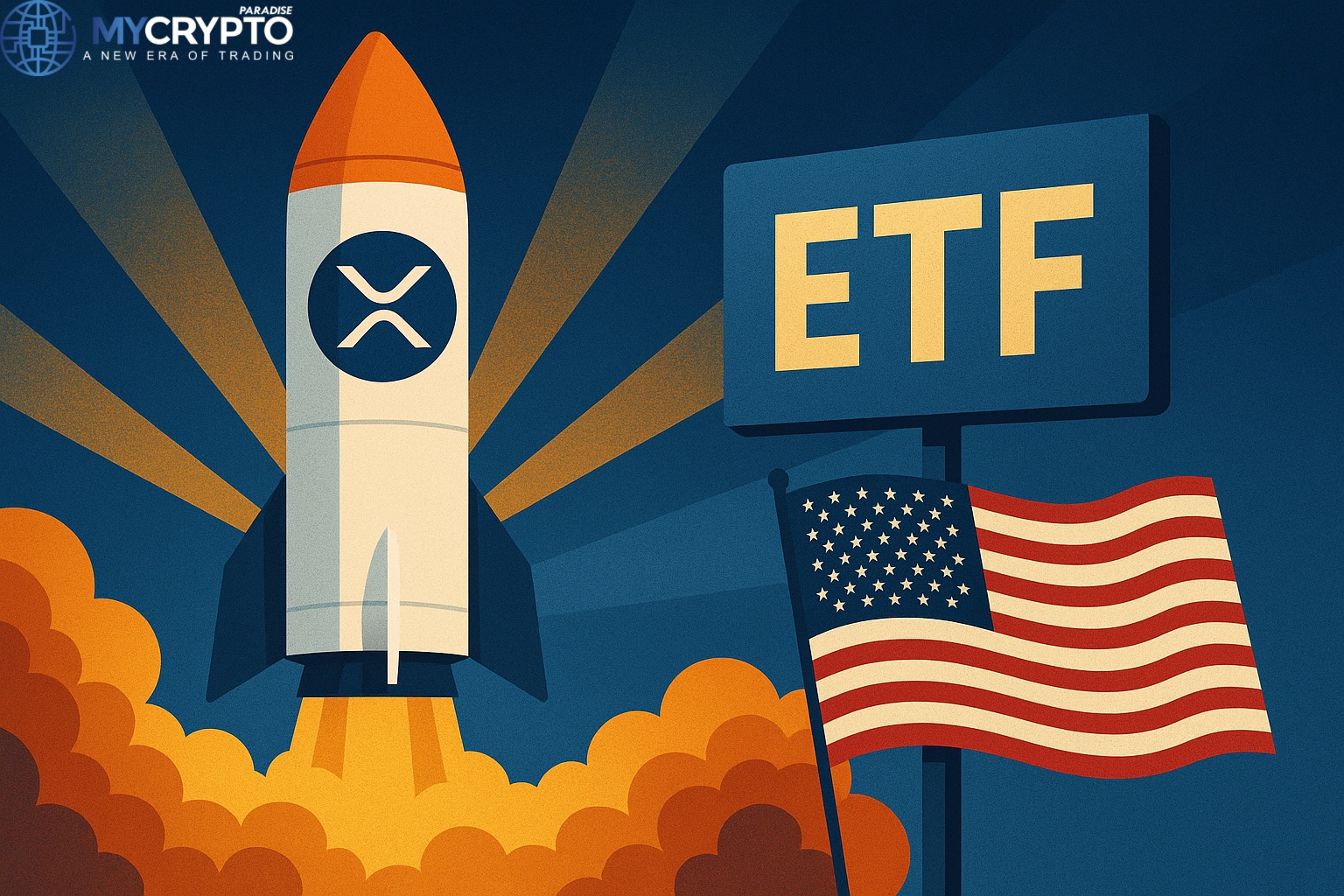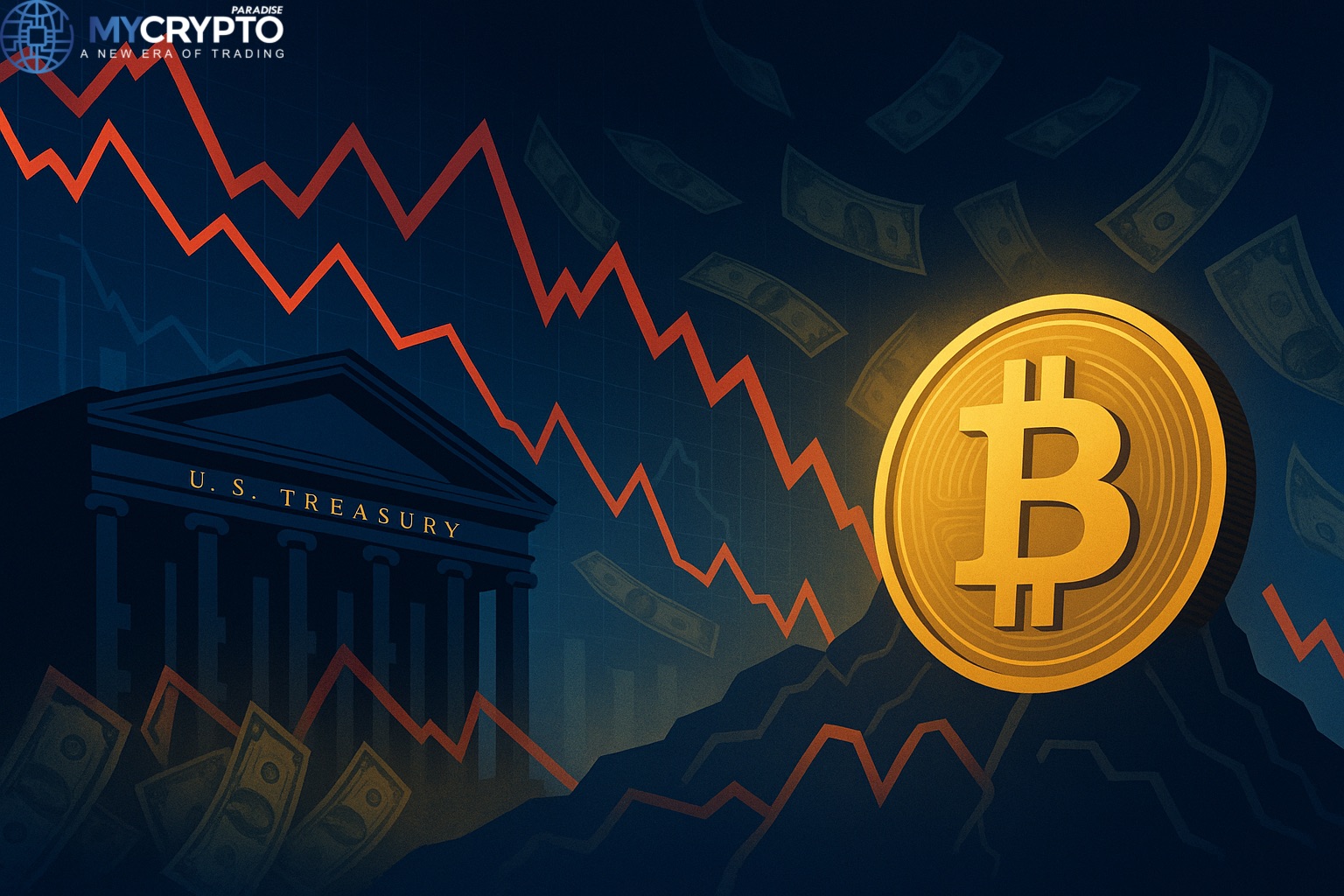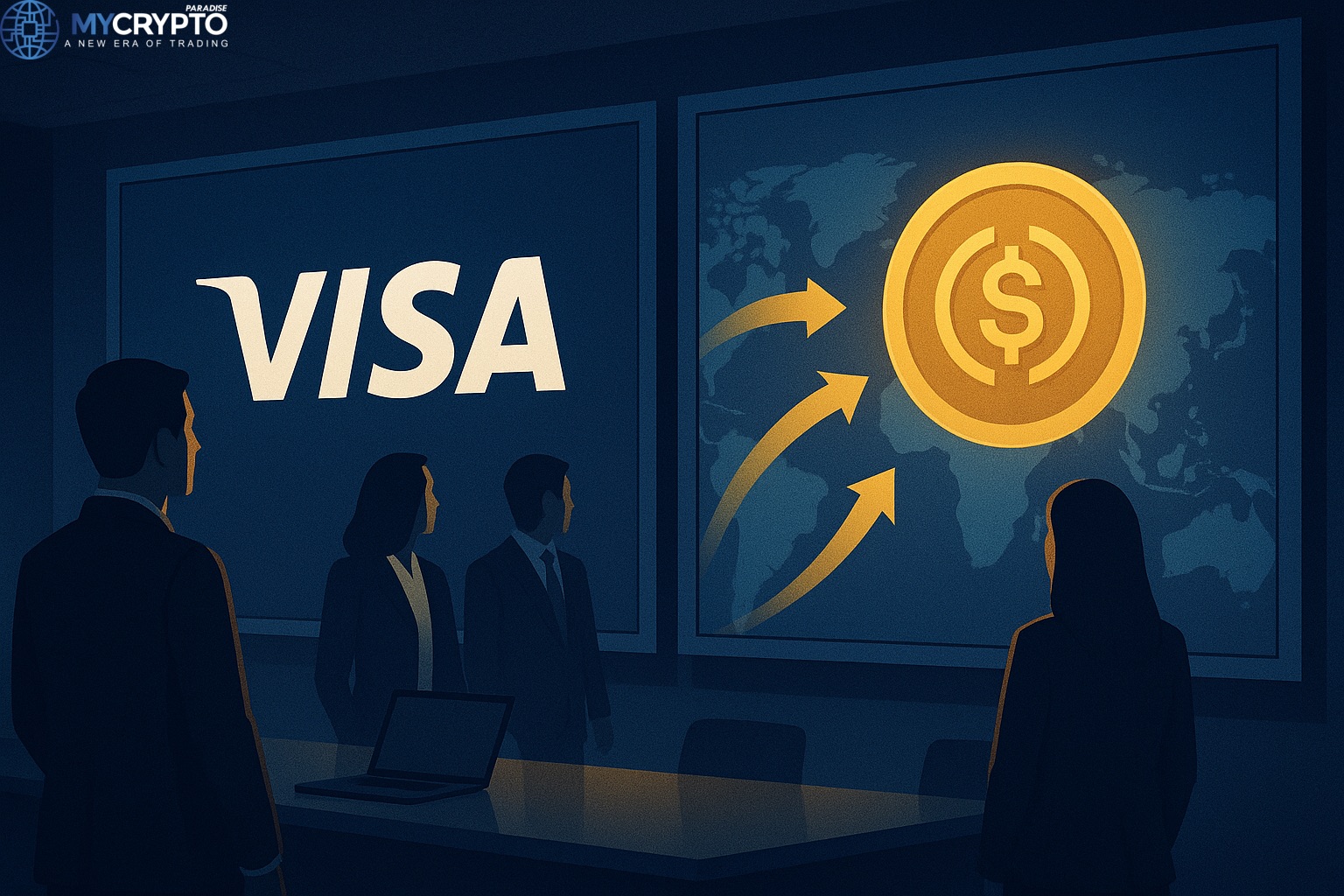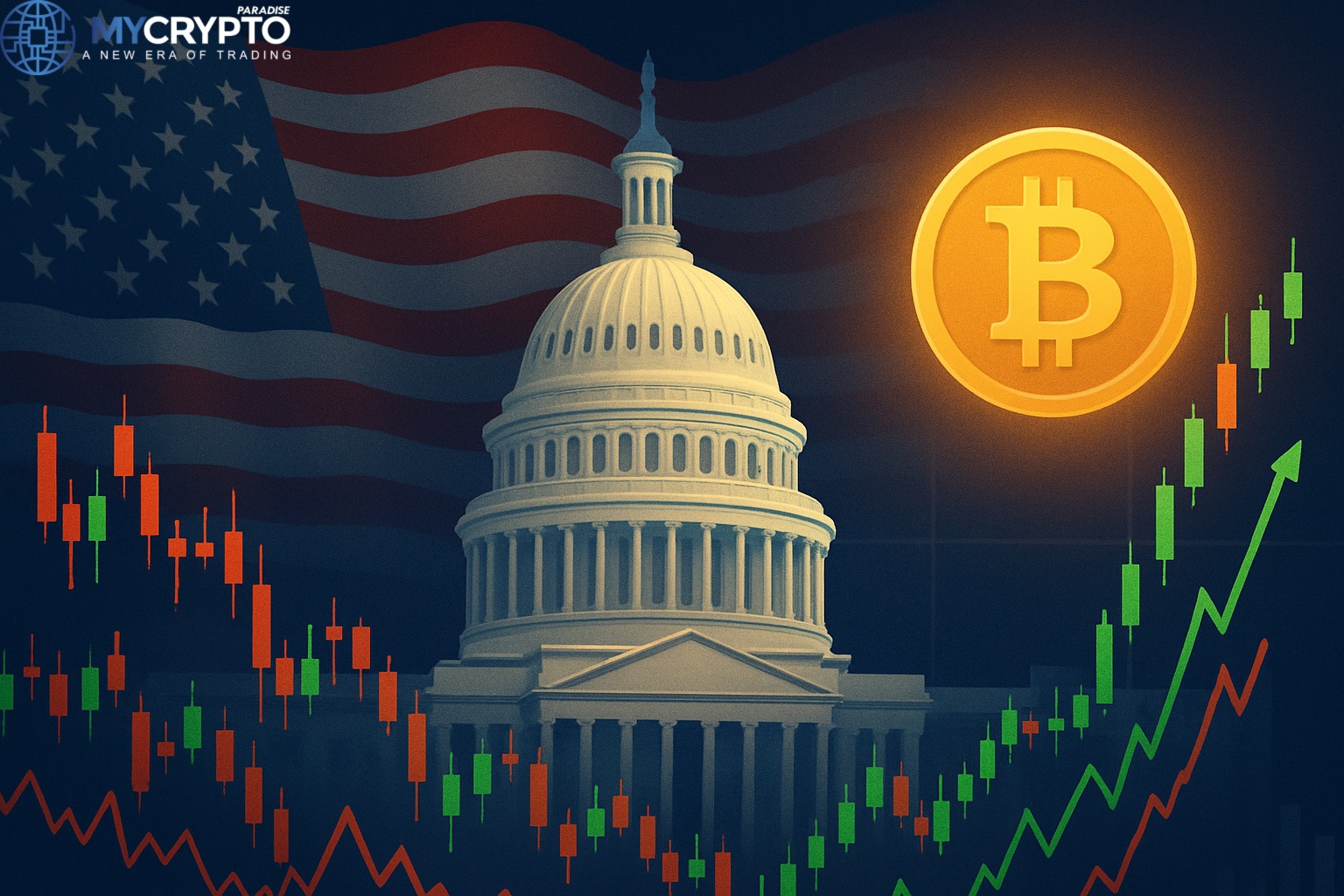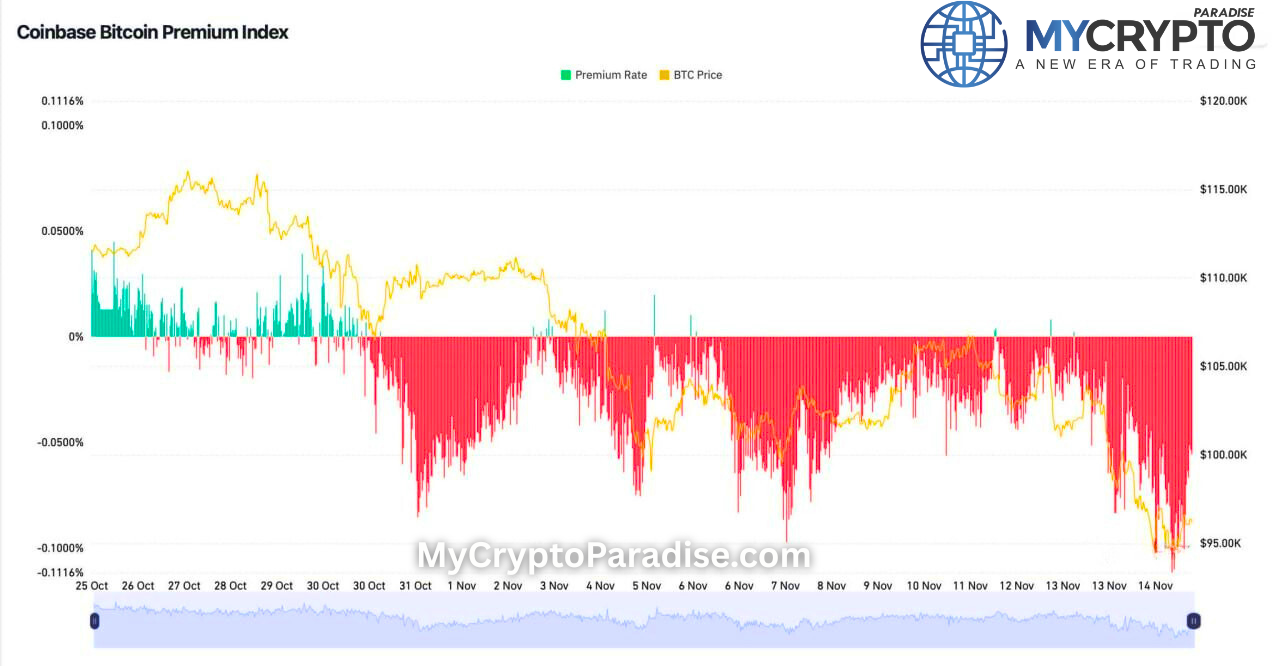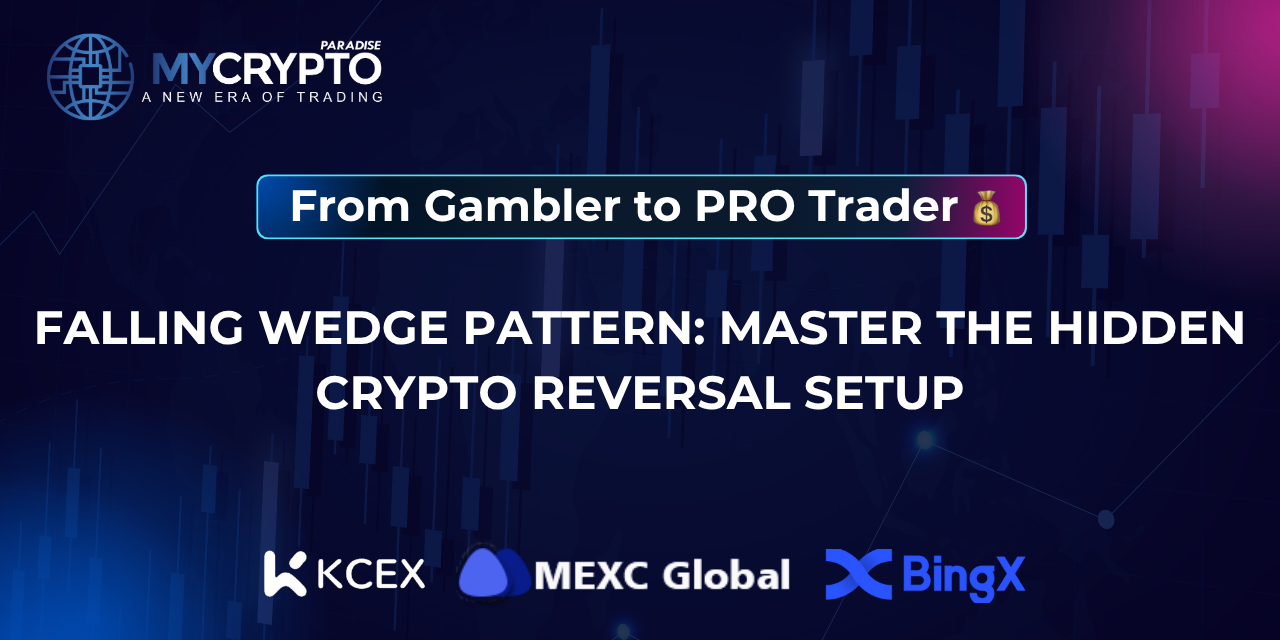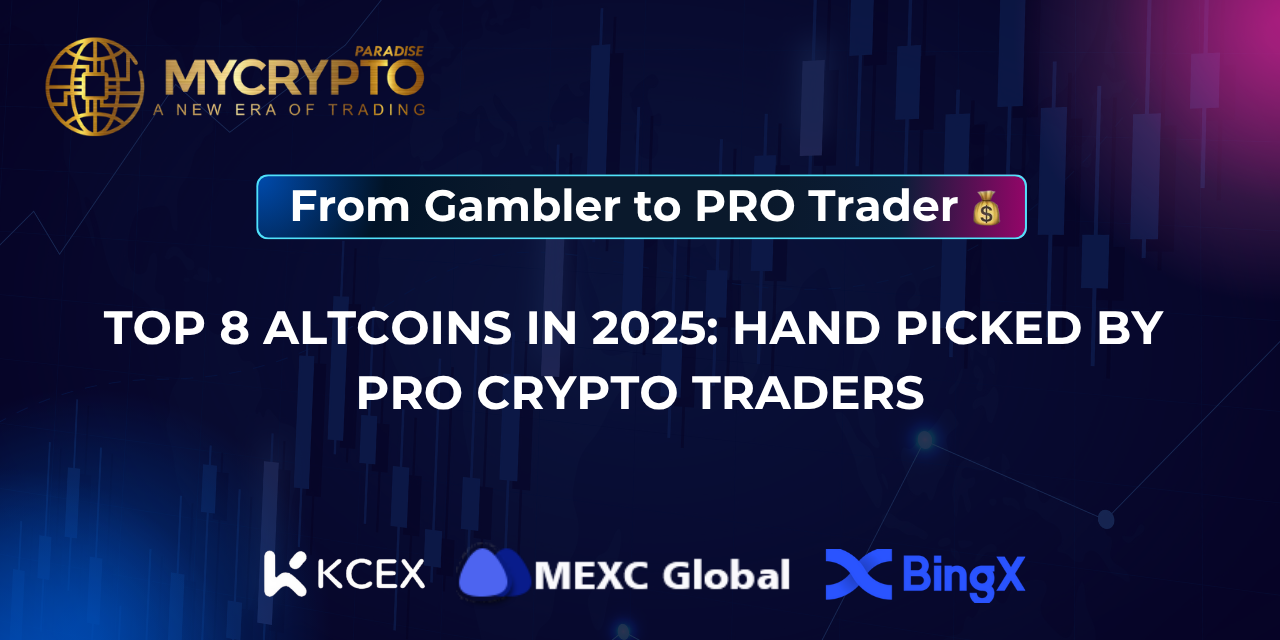Ask anyone their opinion as to which is the best cryptocurrency exchange, and five out of ten times, Binance will make the selection. This Malta-based exchange founded in 2017 runs so close in competition with Coinbase as the top cryptocurrency exchange. While Coinbase is rated best for buying and holding assets, Binance is famous for its low transaction fees and attracting high-volume traders. Binance Smart Chain is an innovative solution by Binance and its community to bring interoperability and programmability to existing Binance infrastructure. This article will come duly to educate crypto trading indicators on where best to cast their nets.
Key Definitions Around Binance
- Binance – Is a cryptocurrency exchange platform that trades various digital assets and is currently the largest exchange in the world by trading volume.
- Binance Chain – This is the native blockchain network developed by Binance to allow sending and receiving of BNB tokens.
- Binance Coin (BNB) – This is the native asset on Binance Chain.
- Binance Smart Chain– BSC is a new Binance based blockchain with a full-fledged environment that allows the development of high-performance Dapps. This new blockchain network was built in cross-chain compatibility with the Binance chain, ensuring the best of both worlds.
Need for Binance Smart Chain
When Binance Chain was launched in April of 2019, its immediate game plan was to enable ultra-fast trading, which it has been able to accomplish by making certain tradeoffs, the biggest being its inflexibility from a programmability standpoint. Smart contracts in such a system optimized for faster trading undoubtedly congested the network, necessitating better solutions. To date, scalability has remained one of the most limiting hurdles in blockchain development and here is where Binance Smart Chain comes in.
Binance Smart Chain boosts the smart contract functionality and compatibility of Binance Chain through the Ethereum Virtual Machine. The two blockchain designs work hand in hand to retain the high throughput of the Binance Chain while also introducing smart contracts to the ecosystem. Essentially, both of these blockchain networks operate side by side, although they are independent and can run alone if their partner failed or went offline.
Because BSC is Ethereum-Virtual-Machine compatible, it supports Ethereum tools and DApps, making it the ideal choice for developers wishing to port their projects over from Ethereum. The two blockchain networks are quite similar in design and run parallel allowing users to reap the high capacity of the Binance Chain alongside the smart contract programmability and interoperability of BSC.
The popular question you probably are thinking about right now; Why couldn’t BC developers implement smart contracts on Binance Chain instead of creating a whole other blockchain network entirely?
Here’s why,
Executing a smart contract on Binance Chain would slow down the exchange’s function, and seeing that fast transactions are the major selling point for the exchange, this was not an option. Also, smart contracts would add more unpredictive factors to trading, greatly misleading crypto trading indicators while giving better trading alerts and trading signals.
Getting Started with Binance Smart Chain
The BSC network has been thriving with numerous activities from token swapping, yield earning, or even minting non-fungible tokens. That said, let’s get to the more practical bits on the network, and the very first step is to get a Binance smart chain wallet.
The BSC wallet currently supports Chrome, Firefox, and Brave browser extension wallets. If you already have a Binance account, you could very easily link it to your wallet with just a couple of clicks. Almost all Dapps have the same user interface for connecting wallets and to do so simply;
- Click the Connect icon on the top right corner of your screen
- Select Binance Chain Wallet for Dapps supporting the BS wallet
- Click connect on the popup connecting you to the DApp
- Your wallet should now appear top right of your screen
Conclusion
The Binance Smart Chain uses an innovative Proof of Staked Authority (PoSA) consensus, which relies on 21 indicators to support short block time and low transaction fees. Additionally, the blockchain network supports native cross-chain communication while increasing the usability of the BNB token over Ethereum-Virtual-Machine compatibility.
Binance Smart Chain has seen a tremendous increase in attention and user activity during the past few months; it is only bound to improve in the future. If you have been keen on Defi apps or/and wish to join our community for timely Binance signals, contact us on Telegram.
